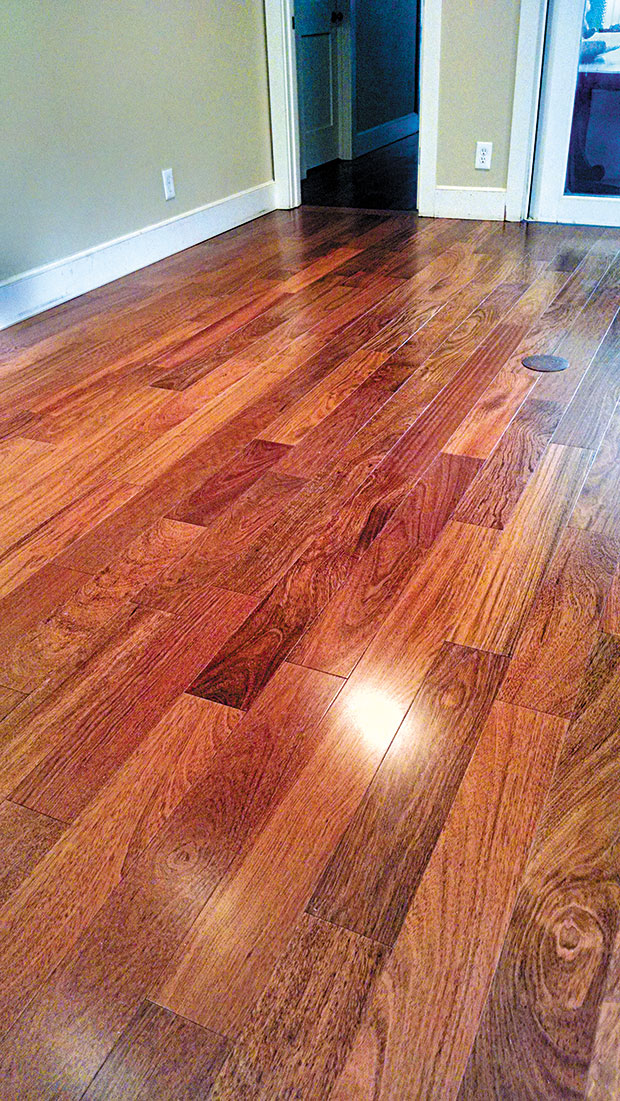This is the second in a series of 12 articles that feature the valuable information usually disseminated at Kahala Pacific Floors’ monthly Great Flooring 101 seminars. Due to suspension of the popular seminars due to the COVID-19 pandemic, company president Shirley Pai Hilton developed a new hour-long webinar version of Great Flooring 101 and has also agreed to feature the information in Hawaii Renovation.
In our last inside feature, we talked about wood and the various forms that it comes in. We talked about unfinished and prefinished solid wood flooring, engineered wood flooring and how they generally differed in form and method of installation.
This week, we will look at the different species of woods that are generally available for flooring, which are most popular, interesting facts about wood that might surprise you, and how to go about selecting a species for yourself. There are hundreds of species of wood, but not every tree can hope to be made into wood flooring. Plain and simple, it can be a viable species for flooring if there are enough of those trees to provide raw material.
In the Hawaii market, we have a lot of domestic species of woods. Oak, maple, walnut, hickory, beech and ash are the most popular. But Hawaii especially seems to like the exotics. Twenty years ago, no one had heard of them, but floors such as ipe, cumaru, acacia, santos mahogany and tigerwood are very big sellers and can be found in thousands of Hawaii homes. For most wood flooring, the color is the species. Others may be stained or have other enhancements.
With regard to color, it is important to know that depending on the species, wood will change a little or a lot after it has been exposed to the light in your home. Some species will not change at all and others will change dramatically.
Why is this important? You want to be sure you are shopping from a “ripened” sample color so you don’t have a rude awakening 90 days later when oxidation has been achieved.
Woods also varies greatly in its durability based on hardness. Woods have what is called a Janka rating, where a ball bearing is driven halfway in to the wood and a record is made of the force it took to do that. If you want something that can take more denting and scratching, go for a higher Janka rating.
Want to learn more? Please watch for our next article and also sign up for one of our upcoming Great Flooring 101 webinars, happening on Thursday, Oct. 29, at 7 p.m., or Saturday, Nov. 7, at 10 a.m. Call 847-7711 to register, or email sales@piiwood.com. See you online!
KAHALA PACIFIC FLOORS
CONTACT 847-7711
See more articles from: Kahala Floors

